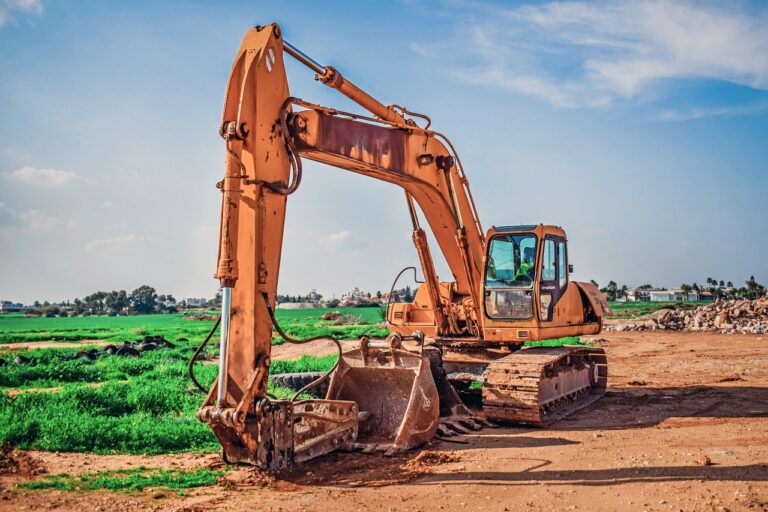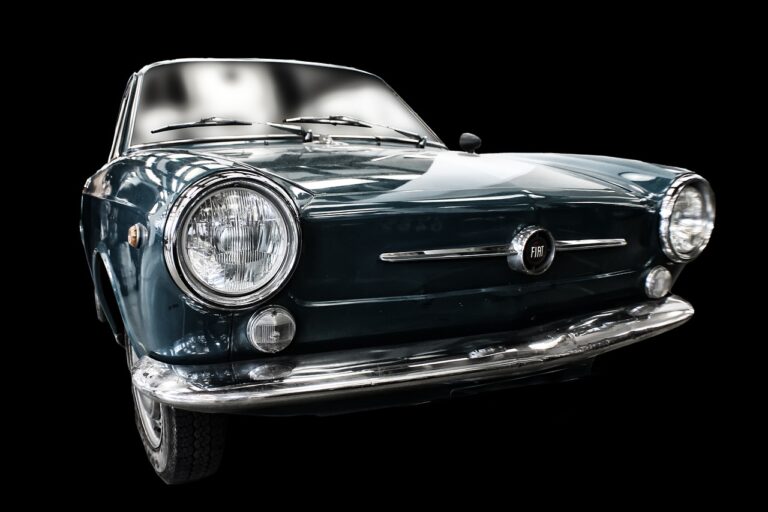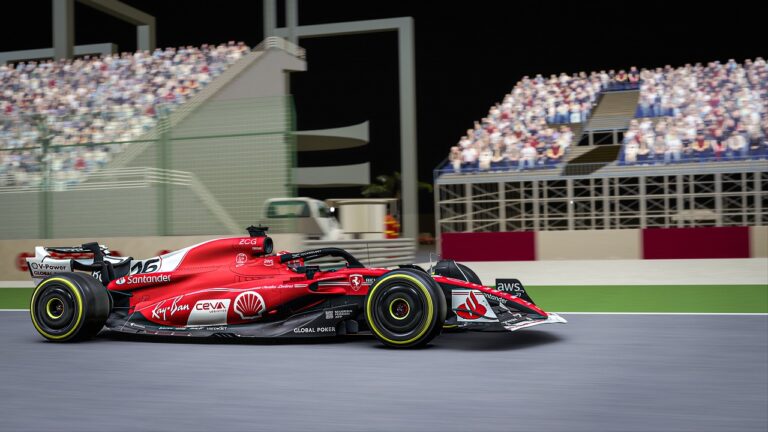The Evolution of Suspension System Electronically Controlled Active Roll Stabilization Technology
lotusbook365 login, play99exch com, all panel login:The Evolution of Suspension System Electronically Controlled Active Roll Stabilization Technology
Have you ever wondered how cars these days can navigate sharp turns with such ease and grace, almost as if they are defying the laws of physics themselves? The answer lies in the evolution of suspension system technology, specifically in the development of electronically controlled active roll stabilization. In this article, we will delve into the history of suspension systems and how they have evolved over time to incorporate cutting-edge technology that enhances the driving experience.
The humble beginnings of suspension systems can be traced back to the early days of automobile manufacturing, where simple leaf springs were used to provide a cushioning effect between the wheels and the chassis of a car. As technology advanced, coil springs and shock absorbers became the norm, offering a more sophisticated and responsive suspension system that improved ride comfort and handling.
However, it wasn’t until the advent of electronically controlled active roll stabilization technology that suspension systems truly reached the next level. This revolutionary technology uses sensors and actuators to actively counteract body roll during cornering, keeping the vehicle stable and level even in the most demanding driving conditions.
One of the pioneers in this field was BMW, which introduced its Dynamic Drive system in the early 2000s. This system utilized hydraulic actuators to apply pressure to the sway bars, effectively reducing body roll and improving cornering performance. Other automakers quickly followed suit, developing their own versions of electronically controlled active roll stabilization technology to stay competitive in the market.
Today, active roll stabilization systems have become standard features in high-end luxury vehicles, offering unparalleled levels of comfort, performance, and safety. These systems can adjust the suspension settings in real-time based on driving conditions, ensuring a smooth and controlled ride at all times.
But the evolution of suspension systems doesn’t stop there. With the rise of electric vehicles and autonomous driving technologies, manufacturers are constantly pushing the boundaries of what is possible in terms of suspension design. From adaptive air suspensions to magnetic dampers, the future of suspension systems is looking more exciting and innovative than ever before.
In conclusion, the evolution of suspension system technology has come a long way from its humble beginnings, with electronically controlled active roll stabilization at the forefront of innovation in the automotive industry. As car manufacturers continue to push the boundaries of what is possible, we can expect to see even more sophisticated and advanced suspension systems in the years to come.
FAQs
1. What are the benefits of electronically controlled active roll stabilization technology?
– Active roll stabilization technology improves cornering performance, enhances ride comfort, and increases overall safety by keeping the vehicle stable and level during driving.
2. Are electronically controlled active roll stabilization systems only available in high-end luxury vehicles?
– While active roll stabilization systems were initially reserved for luxury vehicles, they are becoming more common in mid-range and even some entry-level cars as technology becomes more affordable.
3. How does electronically controlled active roll stabilization technology work?
– Active roll stabilization systems use sensors to detect body roll during cornering and actuators to apply counteracting forces to the suspension, reducing body roll and improving stability.
4. Can electronically controlled active roll stabilization systems be retrofitted to older vehicles?
– It is possible to retrofit some older vehicles with aftermarket active roll stabilization systems, but it is best to consult with a professional to determine compatibility and feasibility.







